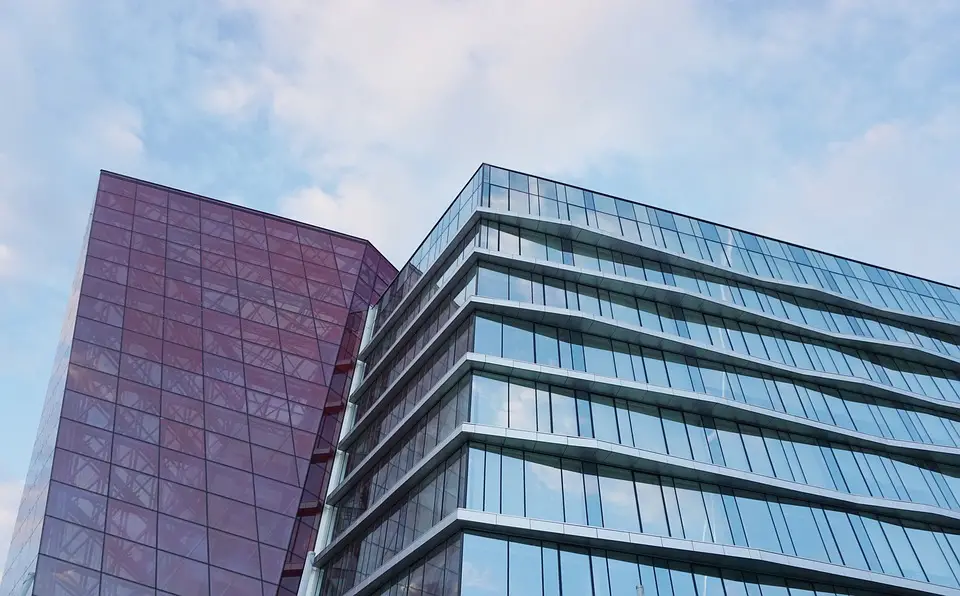Constructing a new commercial building is never an easy job because of the many factors and elements that go with it. That is why every client needs to hire a reliable construction company to ensure its construction goes smoothly. Even if you have a professional contractor by your side during the entire construction process, you should know several commercial building codes.
The codes exist to ensure that every commercial building follows a set of rules and standards, ensuring nothing is dangerous about the building. The codes also help address building issues before they become severe to the point that they can cause fatal accidents within the building’s vicinity. Once you learn about the different building codes, you should expect the construction process to go smoothly.
1. Mechanical/Fuel Gas System Duct Insulation Building Code
Some commercial buildings forget about commercial building codes that include the proper duct insulation for fuel/mechanical gas systems. It’s a commercial building code from the IMC (International Mechanical Code), which begins with your building’s mechanical systems’ minimal requirements. It includes the ductwork, specifically the ones used as a kitchen hood ventilation, which should have the correct outside covering to prevent corrosion, outside exposure, and vibration.
2. Electrical Bonding/Grounding Building Code
Electricians need to have all of the building’s electrical systems bonded and grounded to ensure everyone’s safety, especially electricians and maintenance personnel. Properly grounding and bonding power transmission and distribution systems reduce the risk of flash and shock injury to a person. A good tip is to ensure your contractor uses an approved grounding procedure for the building codes that appeal to your project.
3. Means of Egress Building Code
The “means of egress” building code rules the number of exits a commercial building should have. The code also includes the minimum width of doorways, hallways, aisles, and other pathways to enter or exit. During the designing phase of your commercial building, ensure all usual entry points have the proper dimensions and sizing to act under the building codes’ means.
4. Efficient Sealing of Penetrations Building Code
The efficient sealing of penetrations from plumbing, electrical, vents, and HVAC ducts is associated with commercial buildings’ energy codes. You should seal any penetrations with your building using approved materials to prevent air from passing through the openings.
5. Fire Blocking Building Code
Fires can use even the tiniest concealed, opening activities to pass through and spread throughout your building, causing the fire to spread faster. Some commercial buildings fall short in following fire blocking codes, which can potentially create hefty penalties. The fire blocking code is a necessary fire-safety building code, so you should never fail to follow it. There were many instances when buildings would get engulfed in flames at a moment’s notice because of failing to follow the commercial building code. You can add further protection by installing construction materials like the fire-rated HVAC access door and panel.
6. Erosion Control Building Code
If you don’t want your commercial building sinking to the ground, you need to adhere to the erosion control building code. The building code involves erosion control that ensures you have a proper stormwater pollution prevention plan. It also states that you should have a sediment control measure installed on every site to thwart erosion from colliding with nearby drainage systems and properties.
7. Handrail Spacing/Height Building Code
Even your stairs handrails have a building code. There were minor instances when unsuspecting people would fail to grab the handrails because the height was too short. The handrail spacing/height is another code that some commercial buildings fail to follow and is usually the most frequent code violation. The Occupational Safety and Health Administration (OSHA) appertains to all areas inaccessible to the public. It also states that handrails should have 2.25 inches of minimum clearance from objects, be between 30 to 38 inches, and resist at least 200 pounds of load. The Architectural Barriers Act (ABA) and the Americans with Disabilities Act (ADA) have additional requirements for the correct spacing and height of guardrails and handrails that your designer or contractor should know.
If you want to adhere to building codes better, don’t forget to hire maintenance personnel to keep your building in top condition. Some commercial buildings would even install a duct access door and panel to make it easier for them to maintain duct systems, which is one of the most complicated building parts to gain access.

